 Written by John Arcudi, Becky Cloonan,
Written by John Arcudi, Becky Cloonan,
Amy Reeder, AJ Mendez, Nadia Shammas
Art by Ryan Sook, Becky Cloonan,
Amy Reeder, Ming Doyle, Morgan Beem
Published by DC Comics
This is exciting!
When I first heard of the title Wonder Woman Black and Gold, I was curious what this may be.
But then I saw the covers, and it was clear. Wonder Woman is receiving the Batman Black and White treatment in the year of her 80th anniversary.
That is, an anthology series of short stories digging into many aspects and versions of the character from the different perspectives of the writers and artists assembled.
I must admit that, at first, it feels odd that this is happening with Wonder Woman.
Batman, who has had the B&W treatment for 25-ish years now, is so deeply popular with some many lucrative adaptations and pieces of his lore embedded in the language, from “utility belt” and “Bat-Signal” to “same Bat-time, same bat-channel.” People have debates over who should play Batman in movies, for crying out loud, and playing the Joker is now an Oscar-worthy role. (I know, I know.)
Please believe I am not trying to compare the world’s greatest superheroine with a man. I bring this up only in the regard of this style of anthology series that only Batman had received before now. (Superman – Superman – just got one with Superman: Red and Blue)
Anyone who has followed my writing on this site knows I love Wonder Woman. She definitely endures as a pop culture icon, even if her lore and style of stories aren’t as well known. (I think that becomes a fair issue when discussing Patty Jenkins’ Wonder Woman films, by the way.) A great chunk of that is because of sexism in the comics and entertainment industries.
However, Wonder Woman as a character was built in profoundly different ways from a lot of her contemporaries and superheroes that arrived since.
Many versions harp on the “woman warrior” side of the character, but she’s actually a peace warrior. In an age when standard superhero stories increasingly went away from the supernatural and magical, Diana’s rush toward it.
And where most superhero narratives squash very easily queer-readable themes into heteronormativity, Wonder Woman resists that from her earliest stories onward. What else are we supposed to do with an island of immortal women rooted in the culture from which we derive the words sapphic and lesbian?
Or, if you’ve read the Freudian psychological work of creator William Moulton Marston, queerness and kink translate to the comics page, of the Amazons and their hunting games on Paradise Island. It shows up in the ideas of “loving submission” and bondage and restraints.
Even the broadest sketches in the life of William Moulton Marston, Elizabeth Marston and Olive Byrne suggest life beyond heteronormative patriarchy. And the romance of Diana and Steve Trevor, in the original comics, cast Steve in the damsel-in-distress role and subverted the tropes of take-charge masculinity.
Diana’s juxtaposition of traits traditionally coded as feminine and masculine – beauty and brawn, diplomacy and warrior skill, magic and divinity – have drawn generations of queer people to her image. (We have a comics industry still haggling over her orientation. For the record, I side with Grant Morrison and Greg Rucka’s asserting of Diana as bisexual or pansexual.)
And the combustible packaging of Wonder Woman’s many facets continue to draw feminist praise and ire, depending on whom you talk to. It’s no fluke that Lynda Carter and Gal Gadot both have beauty pageant backgrounds amid their other talents in entertainment.
So, with all that said, Wonder Woman Black and Gold will work as a series best by steering into all these pieces of the character. And the first issue has to start with what people remember most about Wonder Woman as a character and the 80 years of lore.
“Mother’s Daughter” by AJ Mendez and Ming Doyle goes into the relationship between Diana and her mother, Queen Hippolyta. Mendez captures that tension between mother and daughter, in how their energies fuel and feed on each other, according to emotional and physical closeness and distance.
That dynamic also can include the daughter who tries to break their own path away from mom, while also seeing how much of mom in within them. And, for the mother, letting go of the little girl that child used to be, but only just enough.
It’s a dynamic I have seen in good mother-daughter relationships, as well as bad/difficult/complicated ones. Both in my own actual life with women I know from my mother on down, to fiction ranging from Beaches and Soul Food to Dorothy and Sophia on The Golden Girls.
I love how Doyle illustrates this version of Themyscira in this cross between the fantastical island of the comics and a summer in Boca Raton.
Black and Gold also delineates itself from the Batman anthology by adding the gold color into the mix. Wonder Woman is known by that golden lasso and the golden eagle on her chest that also creates the stylized pair of W’s.
Artist Morgan Beem does the best with this color palette in “What Doesn’t Kill You,” written by Nadia Shammas. Her evocative use of shadows, paired with watercolor-style illustration and coloring, remind me of Mike Mignola and Jill Thompson, with faces that bring up Paul Pope. Not bad company at all.
This story gets into Diana as a peace warrior. She is supremely skilled as a fighter and her skill as a fighter, but she tries to fight as last resort and will kill if necessary. How does Diana relate to her enemies? Is she haunted by the punishments she sends them to, as a result of the justice she metes out?
That story rhymes with “I’m Ageless” by John Arcudi and Ryan Sook, which deals with how Wonder Woman relates to the people she protects. Diana is thousands of years old, and a framing story shows her connection to a soldier in World War II.
Cut to the present day, and Batman on the Justice League watchtower is asking Diana how she can care for humanity when our individual lives must feel like blips to her. Wonder Woman then declares her compassion for humanity, for their fragile, mortal bodies and how humanity collectively moves the world more than any Olympian god does.
It’s special stuff that Arcudi would know how to write with his experience in the Hellboy universe. And it echoes some of Spirit of Truth, the landmark oversized graphic novel by Paul Dini and Alex Ross from 2002. And Sook has created work with such loving details in each panel – the kind of stuff that makes comics come alive.
The lively pen in sequential art is a great way to describe Amy Reeder’s work as well. So much energy spills from her self-written and illustrated “Golden Age.” It reads like a modern spin on a Golden Age story, with Diana Prince in 1948 Gateway City, and a bank robbery that she and Etta Candy will thwart. It’s especially fun to see the old-school Etta Candy, a fat redhead in victory rolls with an insatiable appetite for fights and candies and her catchphrase, “Woo woo!” Reeder draws that Golden Age Wonder Woman from H.G. Peter’s designs with a playful, yet furious, power.
And then Becky Cloonan, current co-writer of the main Wonder Woman title, takes us to a noir setting with “The Wager.” As Wonder Woman interrogates a suspect in a money laundering case, Cloonan taks about the golden lasso and the reality of what it does to reveal and compel the truth from any bound by it.
Let’s just say I hadn’t thought of how scary that power may be – not from this point of view. And the kicker at the end, with a Dark Knight Detective listening in, is just killer. Like Batman, it turns out Wonder Woman also knows the power of a good story to get what you want.
All in all, this is a fine start to what I hope will be an enduring anthology about the Princess of Power. Let’s just hope it has the audacity to get as weird as the character is!




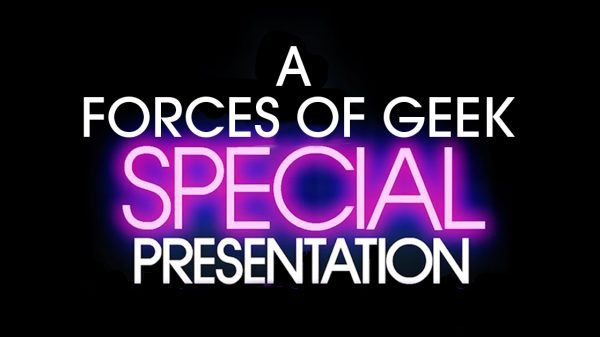




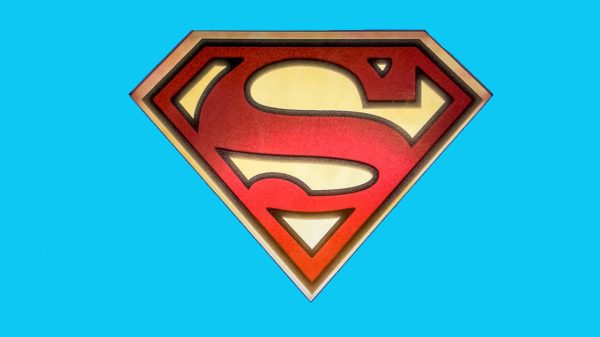
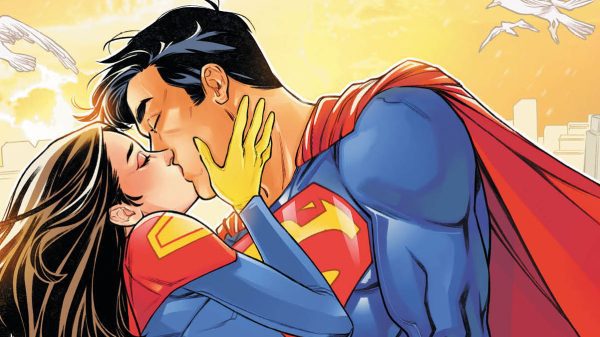
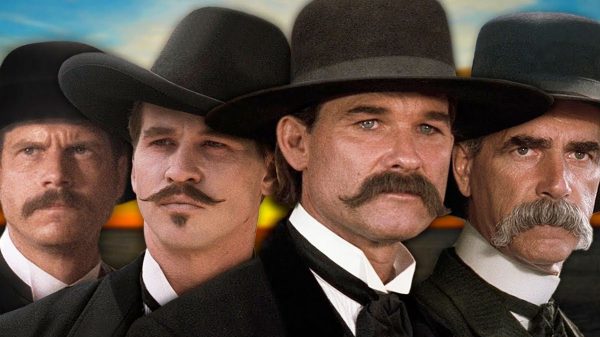

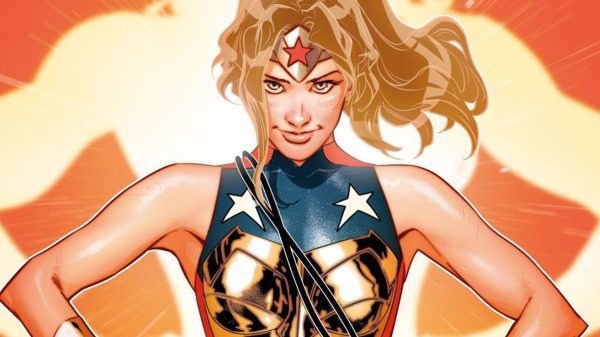
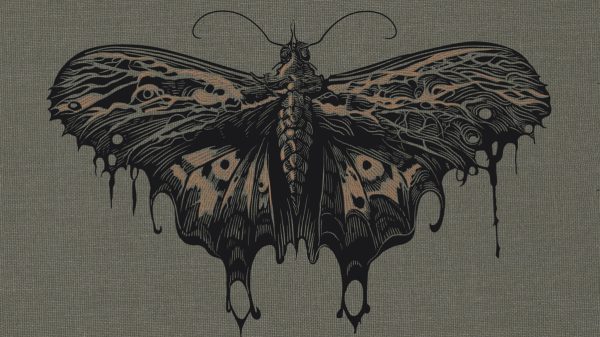
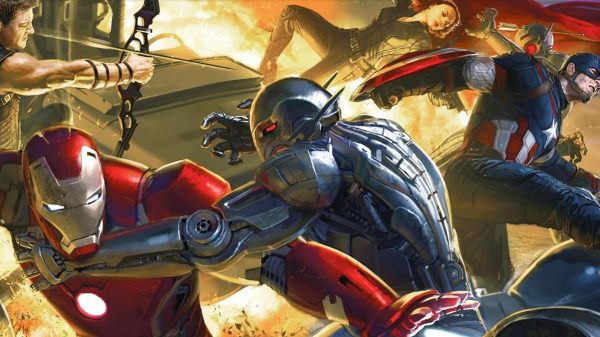


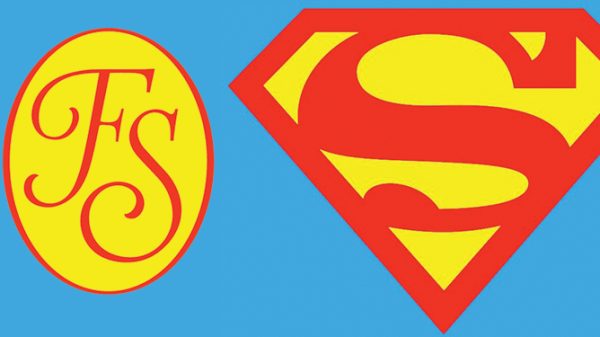
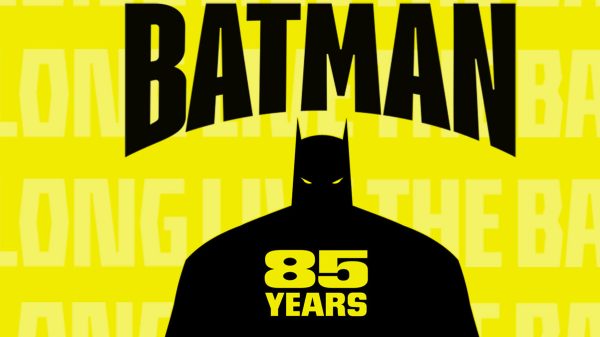

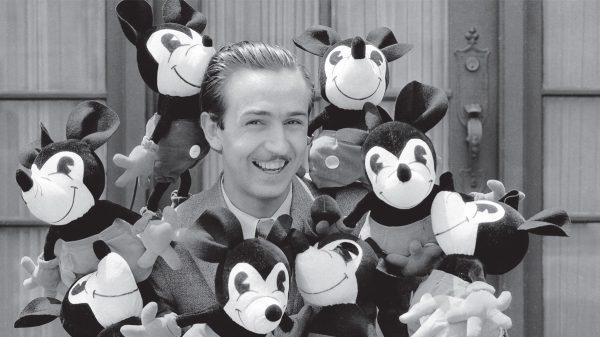

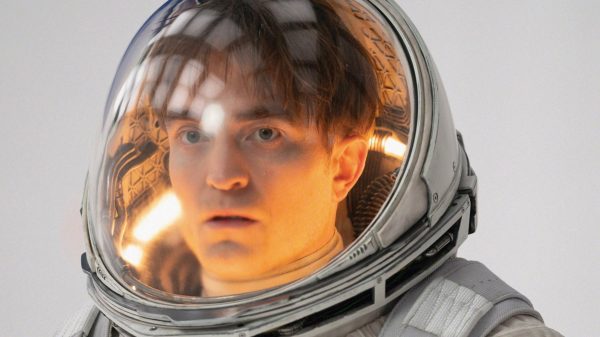
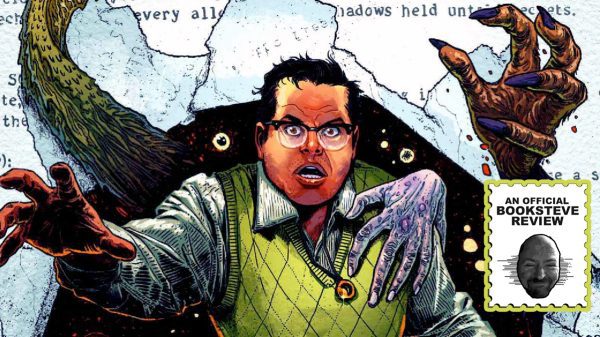
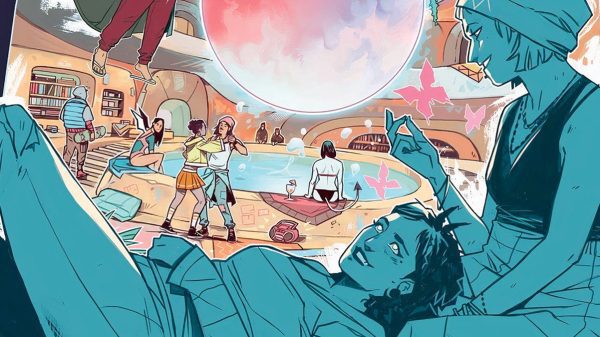
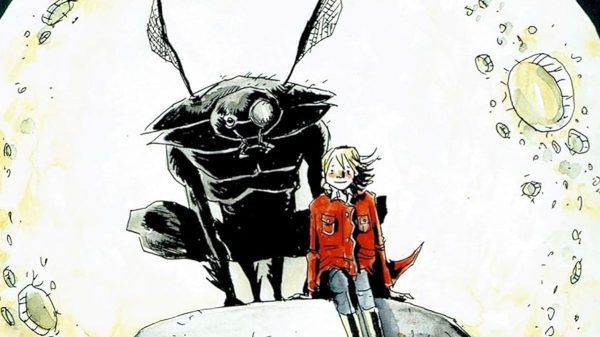





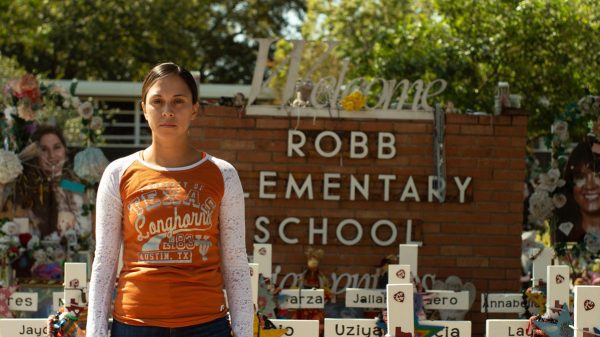
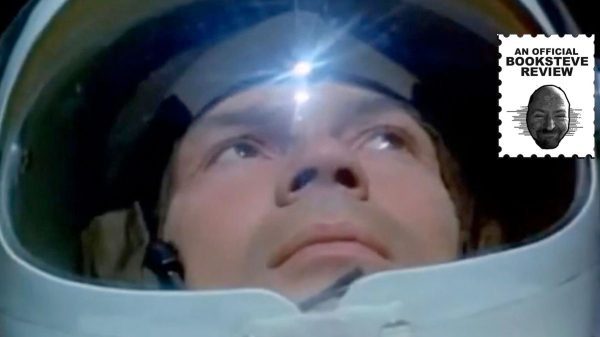
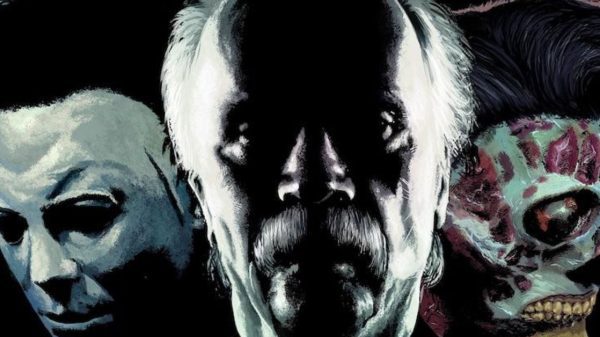
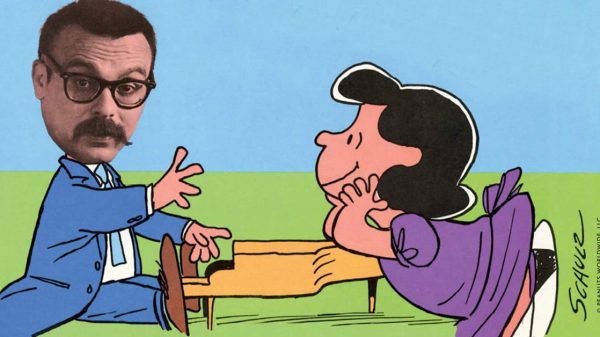

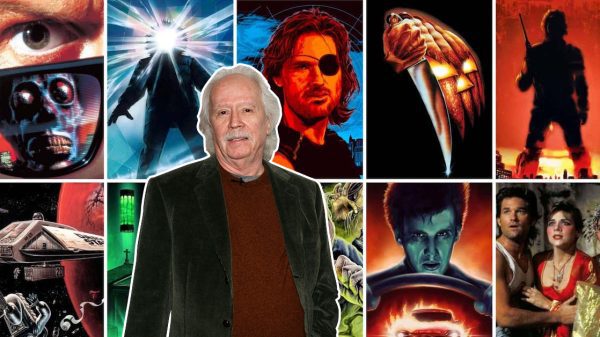
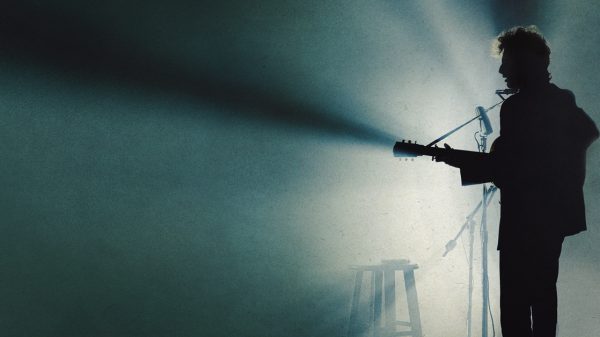







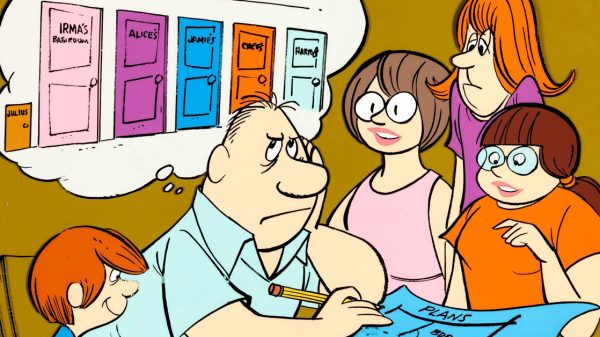
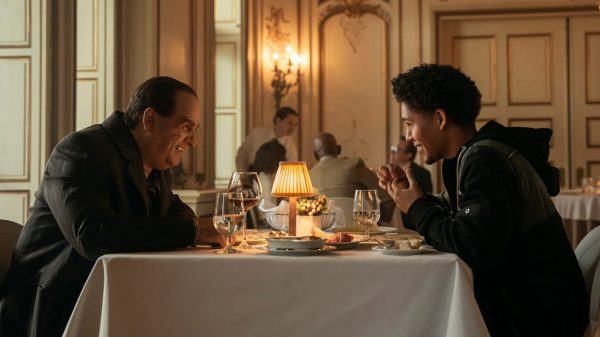

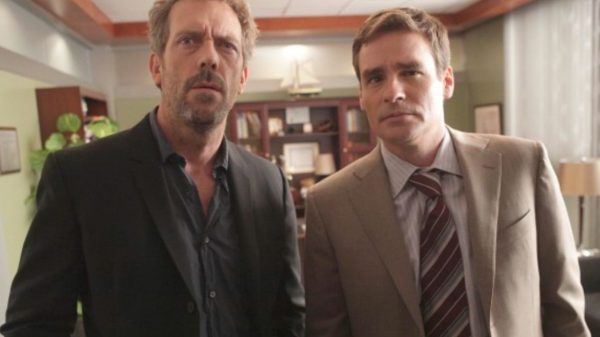
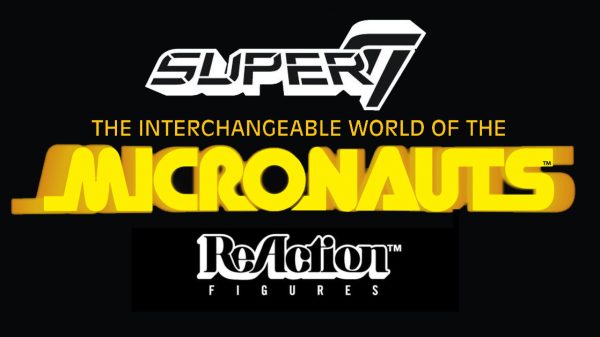
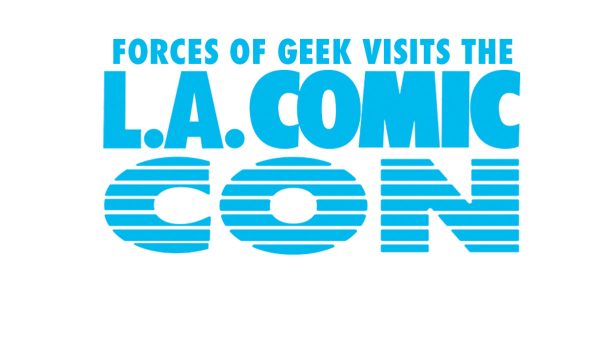







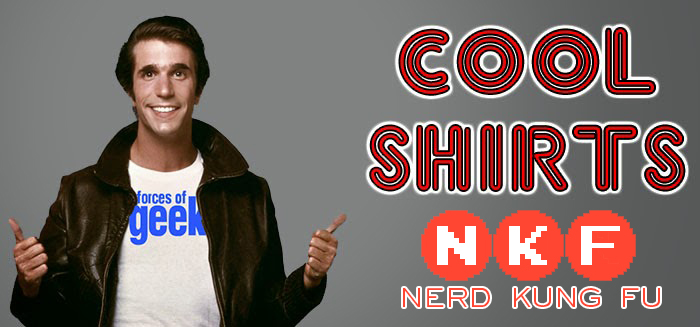
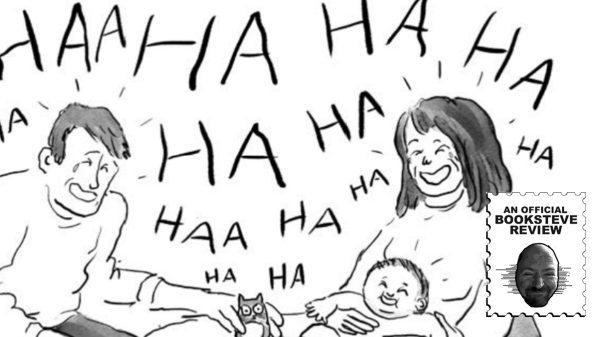


















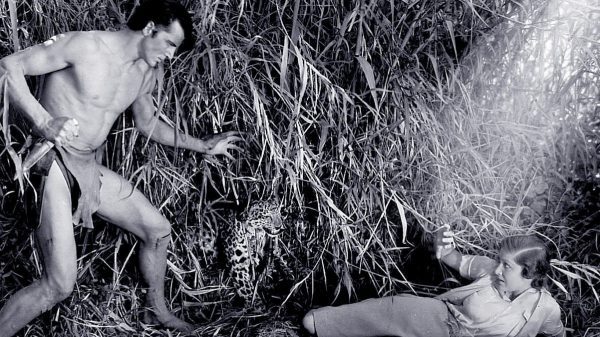
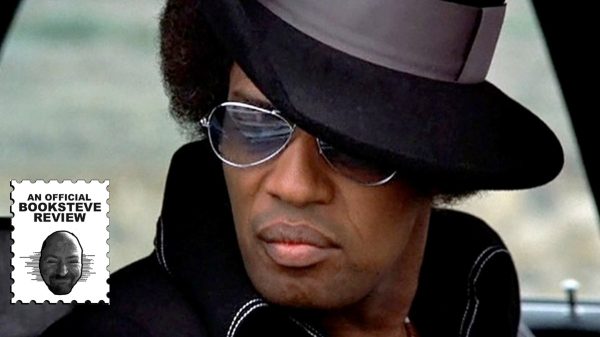
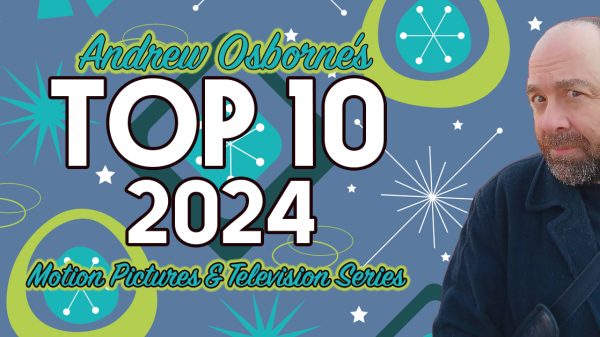

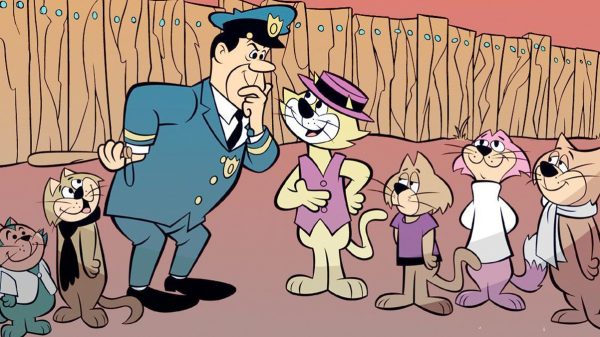









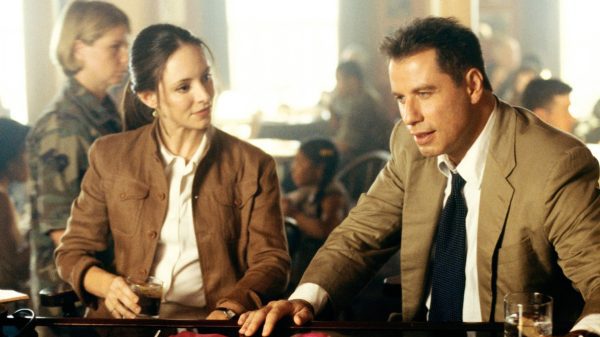
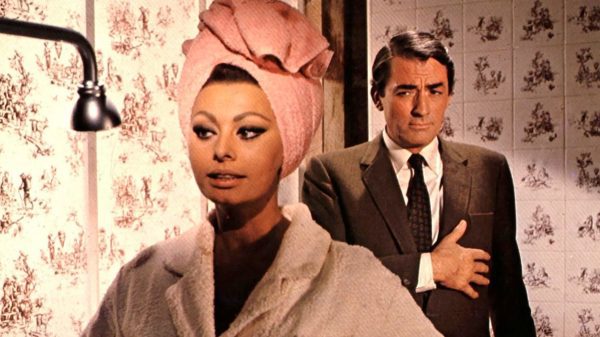
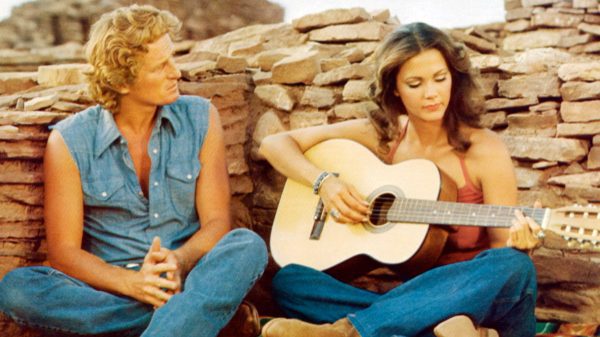
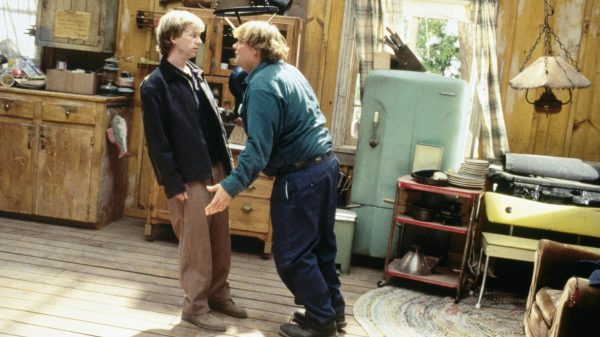







You must be logged in to post a comment Login